Gumweed
The medicinal use of gumweed dates back to Native American and folk times and it was listed as an official drug in the United States Pharmacopoeia until 1960. The slightly bitter and aromatic tea may be used for bronchitis or wherever an expectorant is needed; as an antispasmodic for dry hacking coughs (alone or often combined with Yerba Santa). It is believed to desensitize the nerve endings in the bronchial tree and slow the heart rate, thus leading to easier breathing; it merits investigation as a treatment for asthma. The tincture is useful for bladder and urethra infections. Tincture or poultice may be used topically for poison ivy and poison oak inflammations. Other indications include bronchial spasm, whooping cough, malaria, other chronic and acute skin conditions, vaginitis and as a mild stomach tonic. Native Americans (tribes including Pawnee, Cheyenne, Sioux [Lakota and Teton Dakota], Crows, Shoshones, Poncas, Blackfeet, Crees, Zunis and Flatheads) used preparations of curlycup gumweed both internally and externally as washes, poultices, decoctions and extracts to treat skin diseases and rashes, saddle sores, scabs, wounds, edema, asthma, bronchitis, cough, pneumonia, cold, nasal catarrh, tuberculosis, gonorrhea and syphilis, menstrual and postpartum pain, colic, digestive ailments, liver problems and as kidney medicine. The fresh gum was rubbed on the eyelids to treat snow-blindness.
Effects: stimulant, sedative, astringent, purgative, emetic, diuretic, antiseptic, and disinfectant.
Primary constituents: Tannins, volatile oils, resins, bitter alkaloids, and glucosides










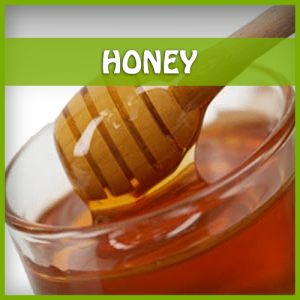
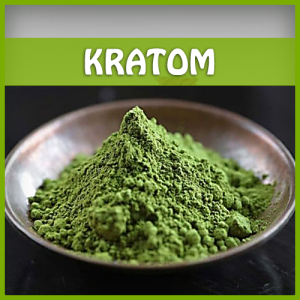


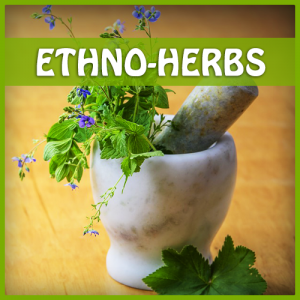


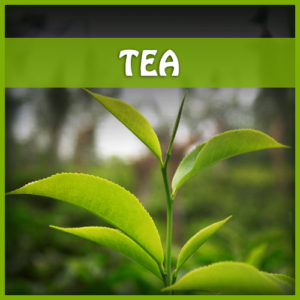
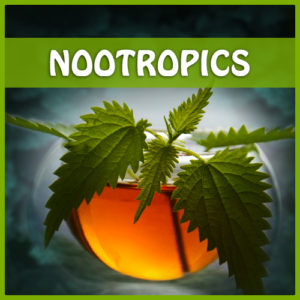

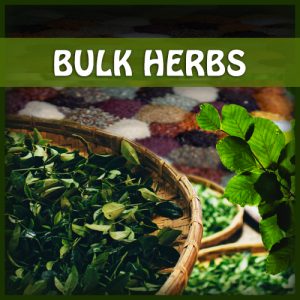







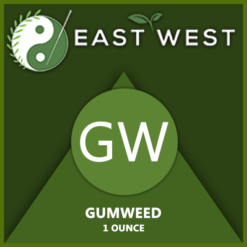

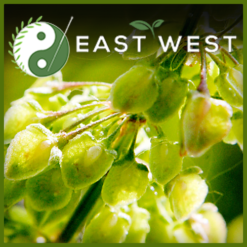
















Reviews
There are no reviews yet.